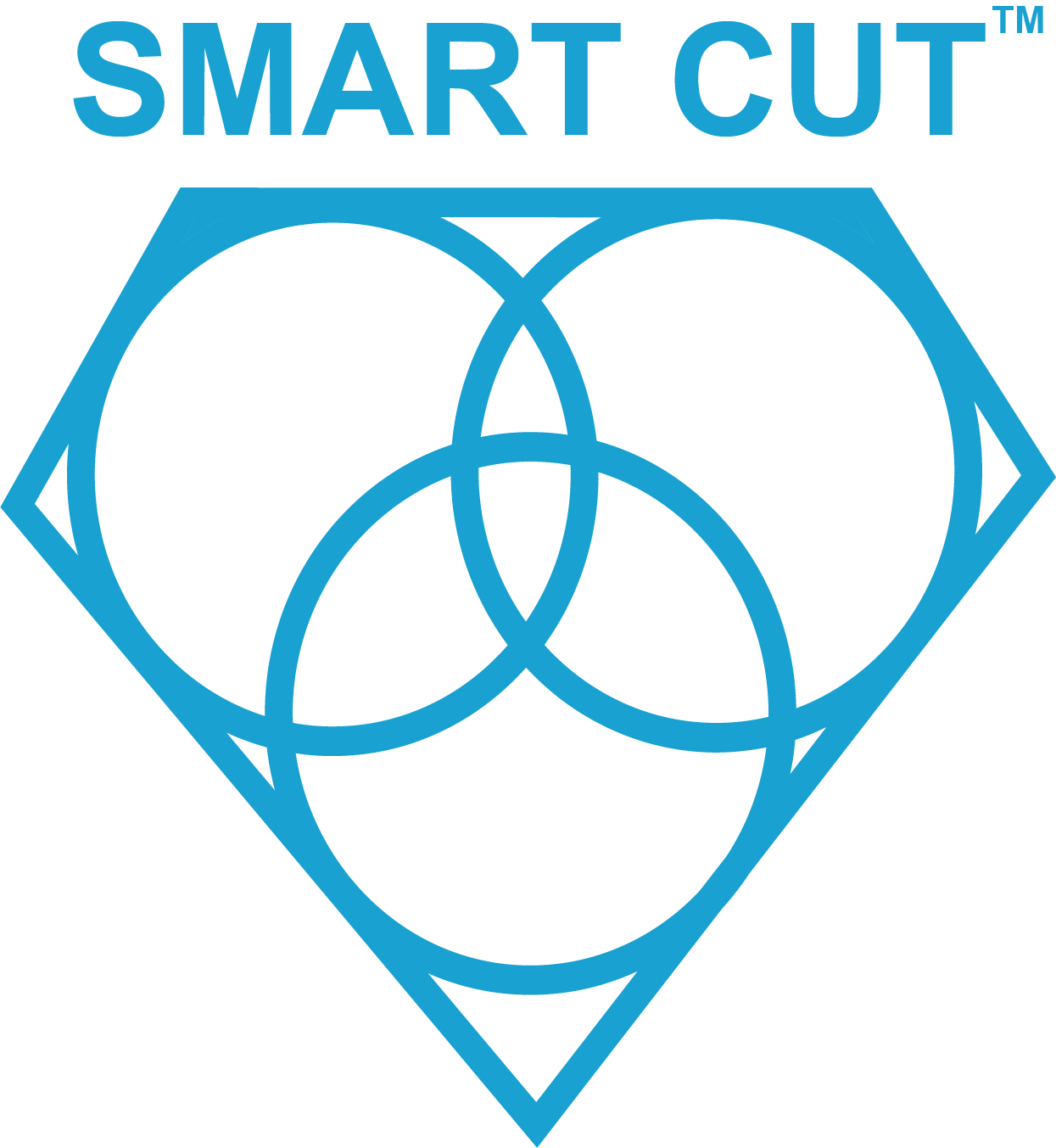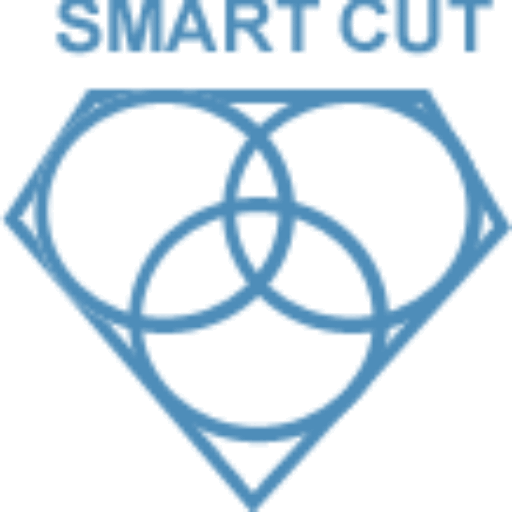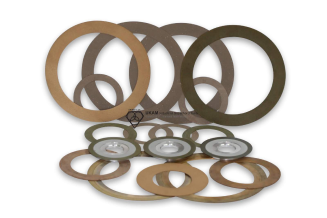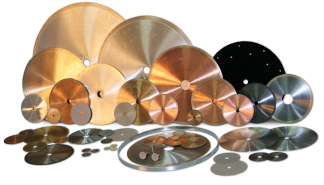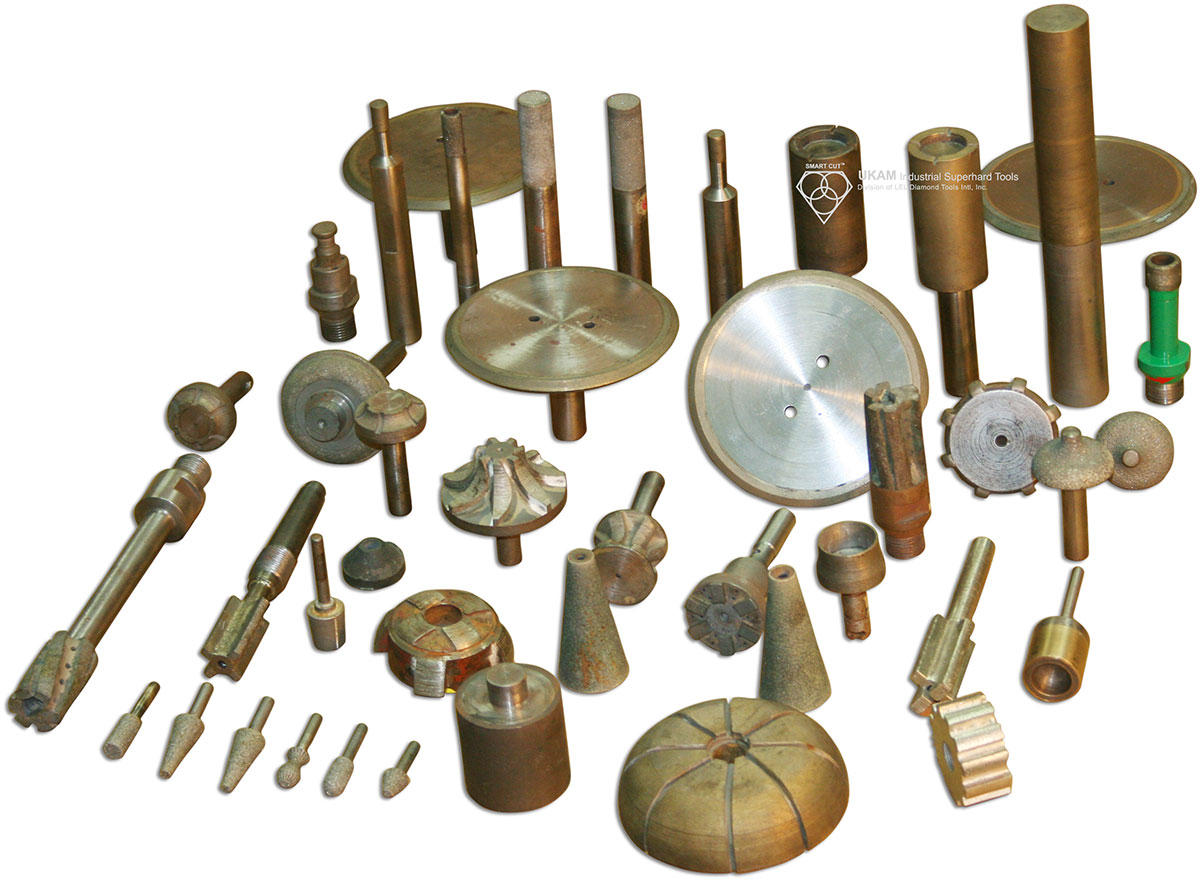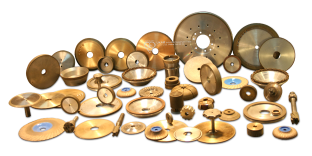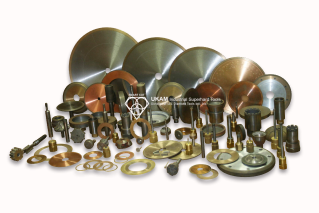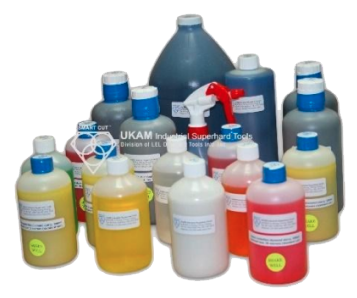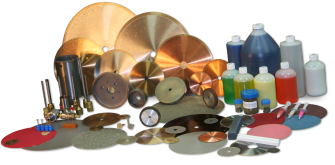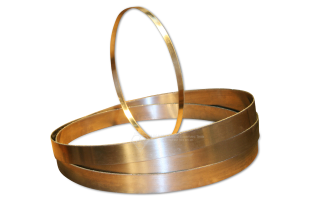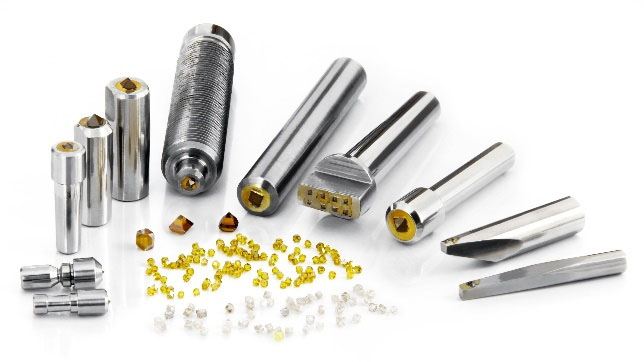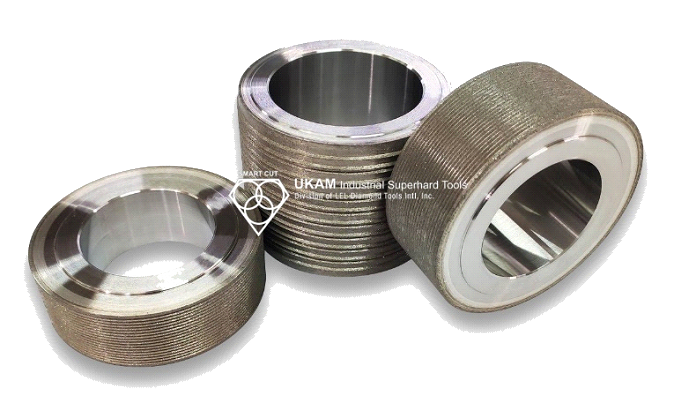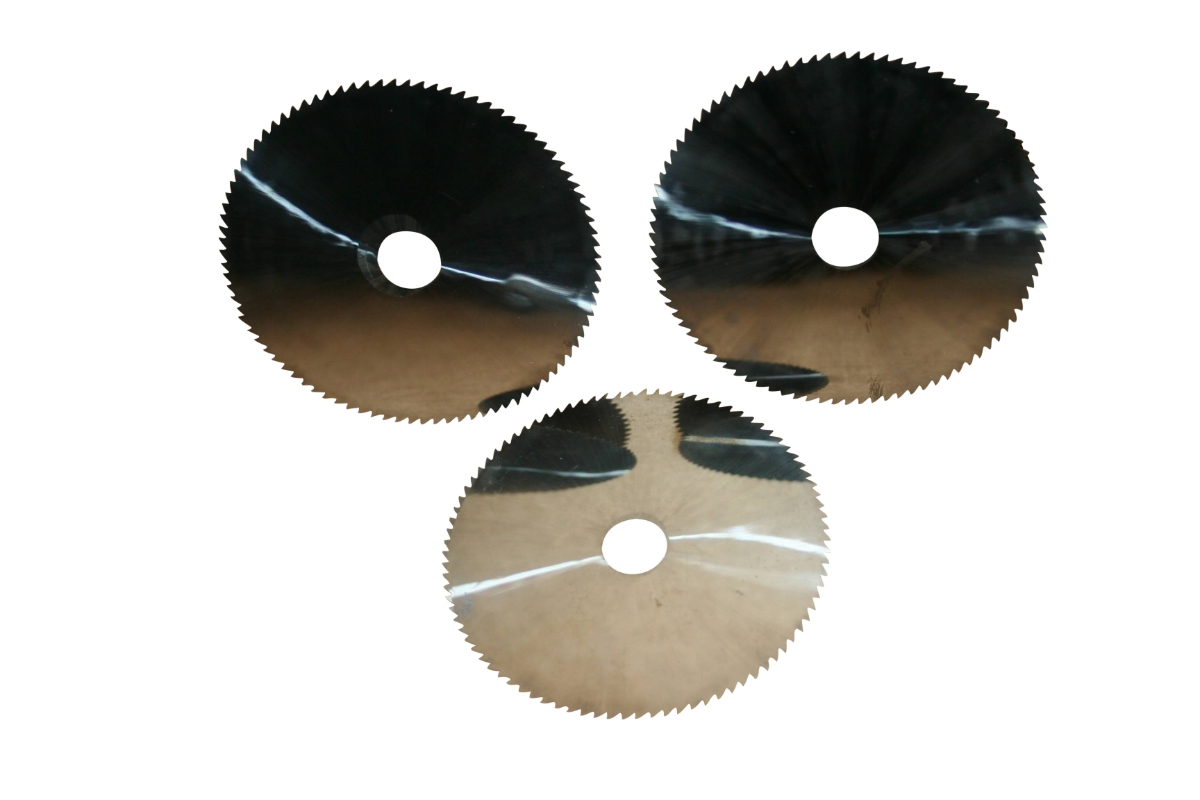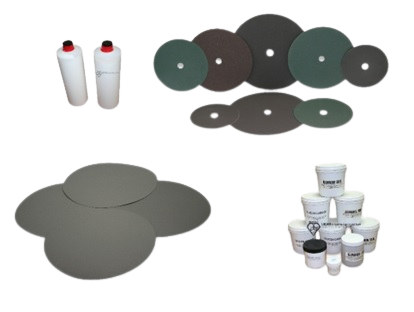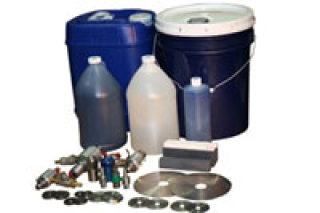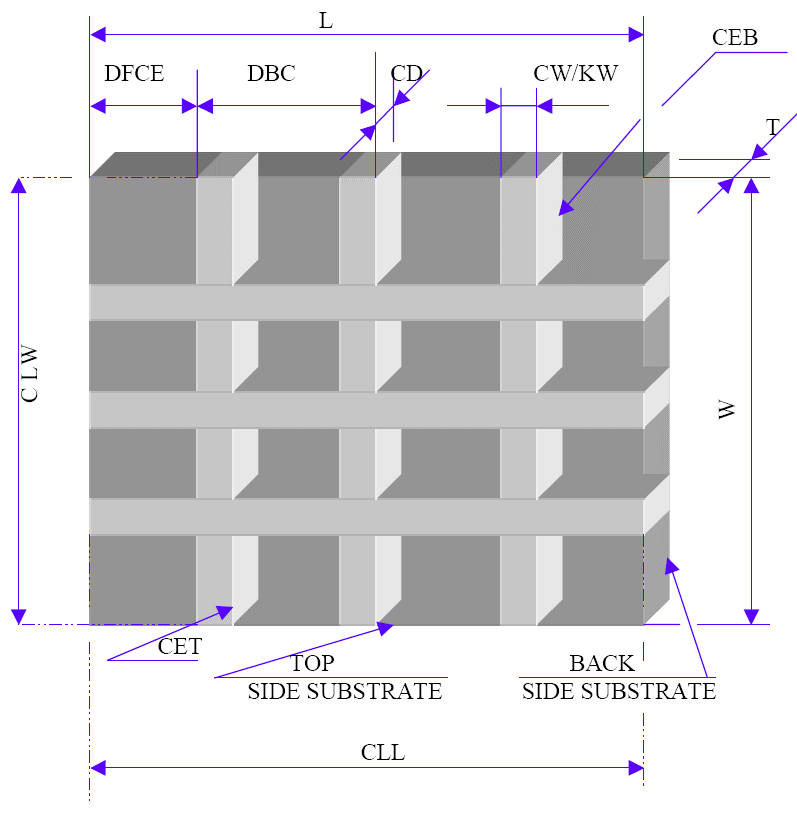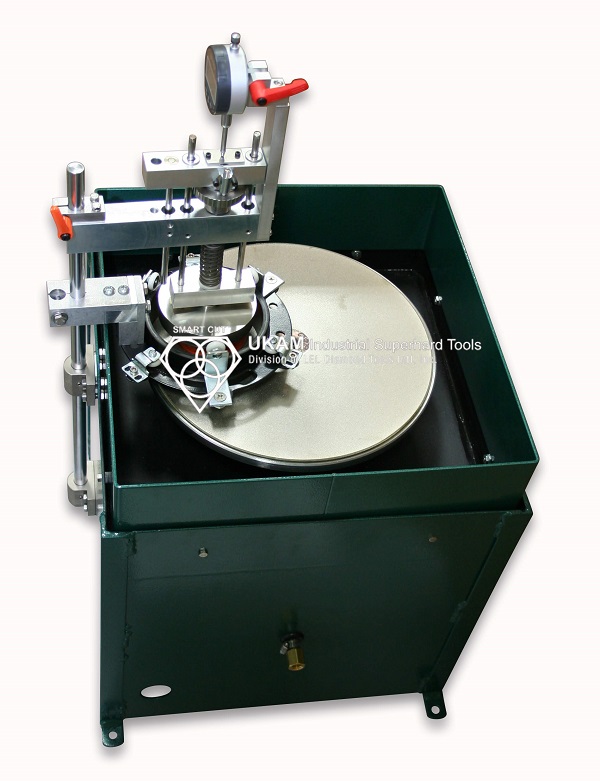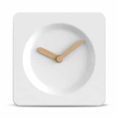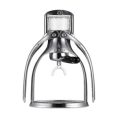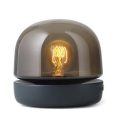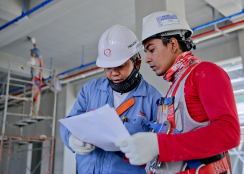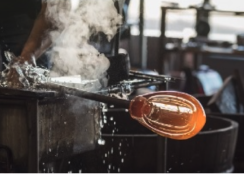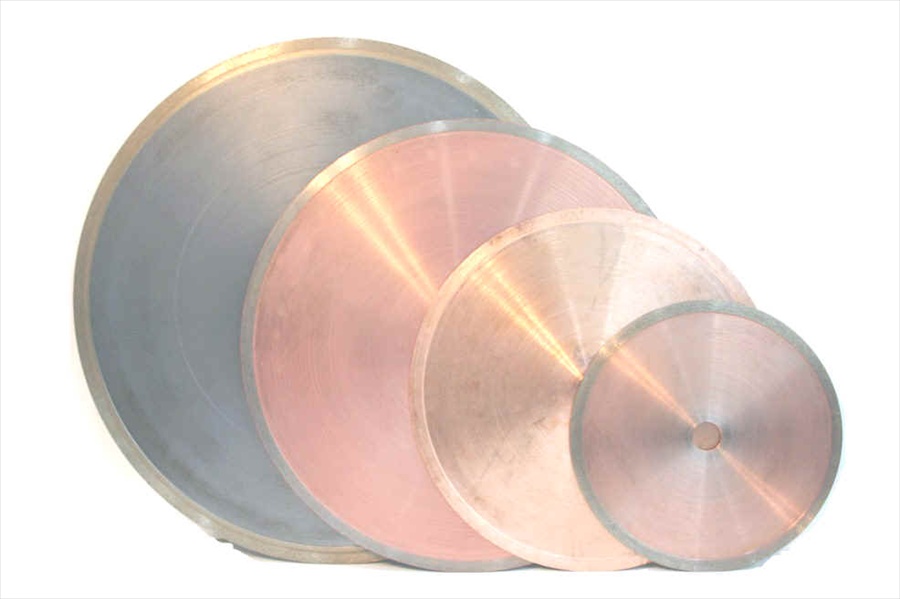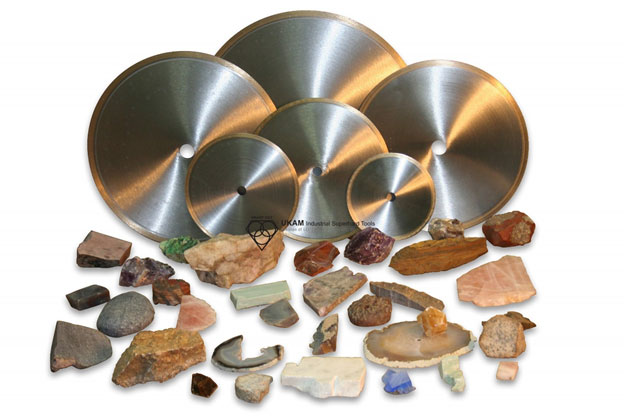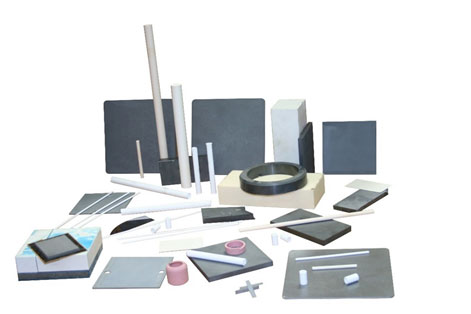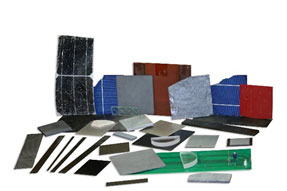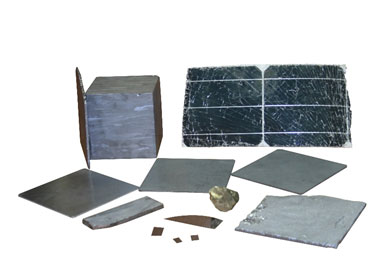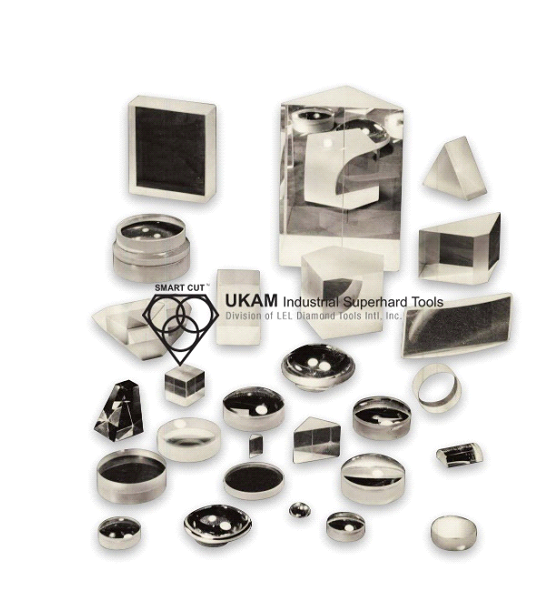How to Select The Right RPM’s for your Application
Different tools and materials require different rpm’s. Choosing the right rpm’s and feed rates is important part of any application. This guide was written to show the different factors that affect in choosing the right RPM’s for your application and how it relates to the overall machining equation.
During the process of cutting or grinding using specialized equipment, the surface speed can reach up to 30 m/sec when employing high-speed machinery. This speed surpasses that of most cars traveling on a highway.

The cutting action is achieved as numerous diamond particles embedded in the bond scratch away small chips from the material.
The configuration of the diamond tool, including the number of cutting edges determined by the quantity or concentration of diamond particles, constitutes its fundamental structure, combined with the bond matrix. The dimension of the diamond particles directly influences the size of the chips that can be produced. The overall thickness or diameter of the tool (comprising the diamond particles and the matrix) dictates the width of the resulting cut.
As a result, the careful selection of appropriate tools, in conjunction with considerations such as feed rate, cutting speed, and depth of cut, will ultimately govern the efficiency and effectiveness of your outcomes.
Diamond crystal may break at very high speeds, and fall out at very slow speeds. An optimum surface speed / RPM’s must be selected to balance out the two disadvantages.

Balancing Tool Life and Cutting Speed
Diamond / CBN Tool life will usually increase at slower cutting speeds. However the increase in labor costs, utilities costs, depreciation of equipment and other overhead expenses. Will usually offset the saving tool life and other consumables. Cutting speed is often the most important consideration when selecting the right diamond or cbn tool for your application. The operator must choose a balance between life of the tools and their cutting rate.
Diamond has a higher impact strength than the material being machined. During the grinding operation, the diamond ruptures the material by impact. Each diamond is able to transfer the electrical power into momentum the breaks the material.
Horse Powder and Cutting Speed
By increasing power on your equipment, your diamond / cbn tool RPM’s and surface speed will increase as well. Hence, each diamond will chip off a smaller amount of material, reducing its impact force on material being machined. And reducing cutting resistance. In theory, by increasing surface speed / RPM’s, each diamond should receive a smaller impact force.

However, due to the support of impact being distributed across a smaller volume, the impact force actually escalates within this reduced volume. This, in turn, enhances the likelihood of diamond particles fracturing or shattering.
Consequently, when working with materials at extremely low surface speeds, a substantial impact force is generated between the diamond and the workpiece material. Even though the diamond might not break, there's an increased risk of it dislodging from the tool, thereby causing premature tool failure.
RPM’s and Material Being Machined
Diamond & cbn tool speeds are determined primarily by the material being worked on and desired surface finish quality
Best rpms are the ones that allow maximum material removal while maintaining acceptable tolerances and surface finish.
RPM's will vary depending on the
-
 OD (Outside Diameter) of the tool
OD (Outside Diameter) of the tool
-
 application,
application,
-
 material to be cut, and
material to be cut, and
-
 equipment used.
equipment used.
-
 diamond mesh size,
diamond mesh size,
-
 coolant being used,
coolant being used,
-
 diamond bond type
diamond bond type
-
 boy hardness
boy hardness
To improve tool life and help reduce poor performance and tool breakage, it is important to run blades at the proper RPM's and keep the diamonds exposed through dressing

For soft, abrasive materials, RPM should increase. For hard, dense materials, RPM should decrease.
Faster cutting may reduce your working time slightly. However, the major trade off is a significant increase in friction and tool heat up, considerably reducing tool life and increasing the risk of heat fractures and breakage. Meaning if a tool develops dark “burn” marks at the diamond section, the tool is being used is too fast or the amount of pressure is too great. Reduce cutting speed or adjust pressure accordingly. It is generally recommended that you use a tool as fast as it will cut freely.

Soft, abrasive materials can typically handle higher speeds, while hard, dense materials require much slower speeds. Faster RPM’s might appear to increase your output / production efficiency, but the tradeoff is a significant increase in friction and heat, which considerably reduces the tool life and increases the risk of heat fractures, chipping, and breakage in the material being worked on
As material hardness increases, tools speeds are decreased. As the material hardness becomes softer, wheel speeds are increased. Remember, the faster the tool turns, the harder the bond acts. Consequently a hard acting bond cutting on hard dense material tens to cause glazing, slow cutting, excessive tool wear and eventually tool damage

